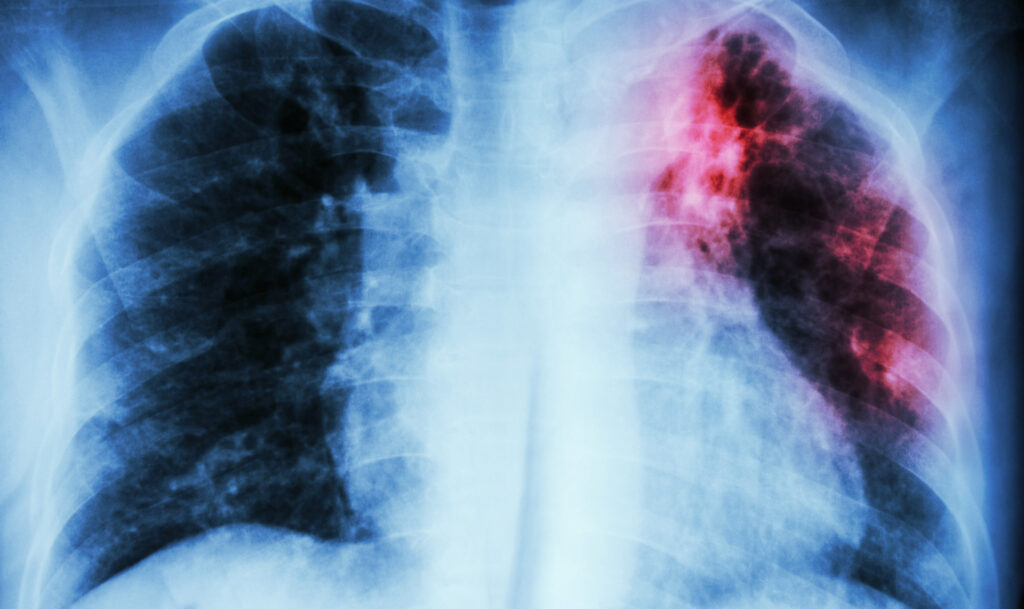In 2018, about 1.5 million people died from tuberculosis (TB), a deadly lung disease caused by a bacterial infection.
The World Health Organization (WHO) estimates that a fourth of the world’s population — some 2 billion people, mostly in developing countries — are infected with the bacteria that causes TB, making it one of the world’s most confounding public health problems.
Scientists have studied the disease in animal models for decades. But animal models don’t always reflect what occurs in humans with the TB infection, leaving scientists perplexed by the inconsistencies.
A new study led by the Washington University School of Medicine in St. Louis offers a genetic “roadmap” to TB across three species: Mice, macaques, and humans. The study is important because it shows in greater detail where animal models overlap with the disease in humans and where they don’t.
The researchers say this greater understanding of how immune pathways activate in diverse models will be valuable to scientists worldwide as they study and work to eradicate the disease.
The research is a collaboration between Washington University; the Texas Biomedical Research Institute in San Antonio; and the University of Cape Town in South Africa.
